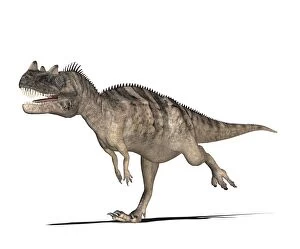Forelimb Collection
The forelimb, a remarkable structure found in various species, serves as an essential tool for survival and adaptation
All Professionally Made to Order for Quick Shipping
The forelimb, a remarkable structure found in various species, serves as an essential tool for survival and adaptation. From the sturdy ox skeleton to the fossilized bones of Tylosaurus, its significance is undeniable. One key aspect of the forelimb lies in its intricate composition. It consists of several parts, including strong wrist bones that provide stability and flexibility. In some cases, such as with the fused hand bones of the third becoming separate from the fourth fingers, it showcases evolutionary changes over time. Interestingly, even creatures like caterpillars possess a form of forelimbs - their heads serve as powerful tools for feeding and locomotion. This demonstrates how diverse this feature can be across different organisms. In Australia's vast wilderness, humpback whales breach at the surface of the sea using their colossal forelimbs to propel themselves out of water gracefully. These magnificent giants showcase both strength and elegance through their movements. On a smaller scale but equally fascinating are creatures like crabs and great diving beetles who rely on their specialized forelegs for survival. The crab pincer exemplifies precision while capturing prey or defending itself against predators. Meanwhile, great diving beetles utilize their unique foreleg structure to navigate underwater environments efficiently. Traveling back millions of years ago during prehistoric times reveals astonishing creatures like Tarbosaurus and Monolophosaurus with fearsome-looking yet functional forelimbs depicted through computer artwork reconstructions. These dinosaurs relied heavily on these limbs for hunting and defense purposes. Lastly, we encounter Ceratosaurus - another dinosaur known for its distinctive horned head crest - whose formidable forelimbs played a crucial role in establishing dominance within its ecosystem. From land to sea and throughout history's timeline, whether it be an ox's cloven hoof tipping fingers or ancient reptiles' mighty appendages; one thing remains clear: the importance of the versatile forelimb cannot be underestimated in shaping life forms across the animal kingdom.







